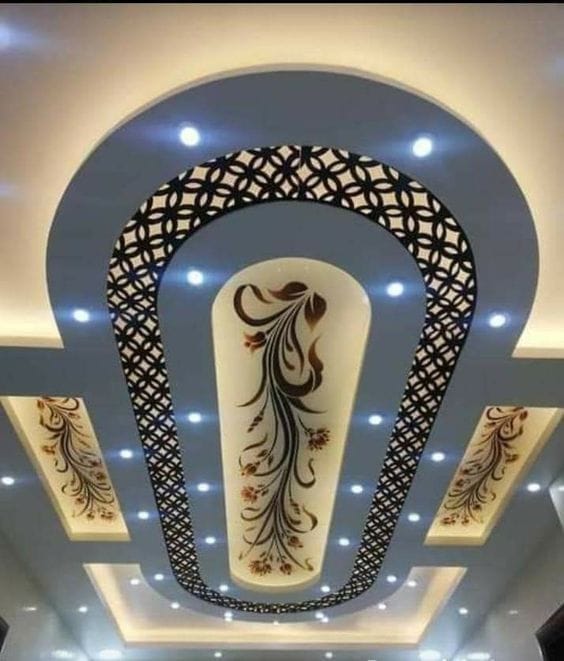Understanding the Cost Factors of False Ceilings in 2024
Understanding the Cost Factors of False Ceilings in 2024
False ceilings are an increasingly popular choice in both residential and commercial spaces due to their aesthetic appeal and functional benefits. However, the cost of installing a false ceiling can vary widely depending on several key factors. Understanding these cost factors is essential for making informed decisions and budgeting effectively. Here’s a breakdown of what influences the cost of false ceilings in 2024:
1. Material Type
The primary factor influencing the cost of a false ceiling is the material used. The most common materials include:
- PVC (Polyvinyl Chloride): PVC is a lightweight and affordable option. It is moisture-resistant and easy to maintain, making it popular in kitchens and bathrooms. The cost for PVC false ceilings typically ranges from ₹50 to ₹100 per square foot.
- Gypsum: Gypsum is known for its smooth finish and versatility. It’s a bit more expensive than PVC but offers better fire resistance and sound insulation. Gypsum false ceilings usually cost between ₹80 to ₹150 per square foot.
- POP (Plaster of Paris): POP is often used for intricate designs and moldings. It’s slightly more expensive than Gypsum but is favored for its ability to create detailed decorative elements. The cost for POP ceilings can range from ₹100 to ₹200 per square foot.
- Wooden and Metal Ceilings: These materials are more premium and can significantly increase the cost. Wooden false ceilings are valued for their warmth and luxury, while metal ceilings are durable and modern. Prices for these materials can start at ₹150 per square foot and go much higher depending on the design and quality.
2. Design Complexity
The complexity of the design plays a major role in determining the overall cost. Simple, flat false ceilings are more economical, while elaborate designs with curves, layers, or integrated lighting are more expensive due to the additional labor and materials required.
- Basic Designs: Flat or simple recessed ceilings are the most cost-effective, with minimal additional expenses beyond the basic material cost.
- Complex Designs: Multi-layered ceilings, cove lighting, or detailed carvings increase both material and labor costs.
3. Room Size and Shape
The size and shape of the room where the false ceiling will be installed also affect the cost. Larger rooms require more materials and labor, leading to higher costs. Irregularly shaped rooms or those with many corners may also increase the complexity of the installation, thus raising the price.

4. Installation Labor
Labor costs can vary depending on the region, the complexity of the job, and the contractor’s experience. In 2024, labor charges for false ceiling installation typically range from ₹20 to ₹50 per square foot. Skilled labor is essential for ensuring a high-quality finish, especially for complex designs.
5. Additional Features
Additional features like integrated lighting, soundproofing, or air conditioning vents can also impact the overall cost of the false ceiling.
- Integrated Lighting: LED lights, cove lighting, or other built-in lighting options add to both material and installation costs.
- Soundproofing: Special acoustic panels or insulation may be added to the false ceiling for noise reduction, which can increase costs.
- Ventilation and HVAC Integration: If the ceiling design includes provisions for air conditioning vents or other ventilation systems, this can add to the complexity and cost of the project.
6. Maintenance and Durability
Long-term maintenance costs should also be considered. Materials like PVC and Gypsum are generally low-maintenance, but POP ceilings might require periodic repairs or repainting, which can add to the overall cost over time.
7. Regional Pricing Variations
Prices for materials and labor can vary significantly based on location. Urban areas, where demand and cost of living are higher, may have higher pricing compared to rural regions. It’s important to get quotes from local contractors to understand the regional cost factors.
Understanding these factors will help you make informed decisions when planning for false ceiling installation in 2024. By considering the type of material, design complexity, room size, and additional features, you can better estimate your budget and ensure a high-quality outcome for your space.


